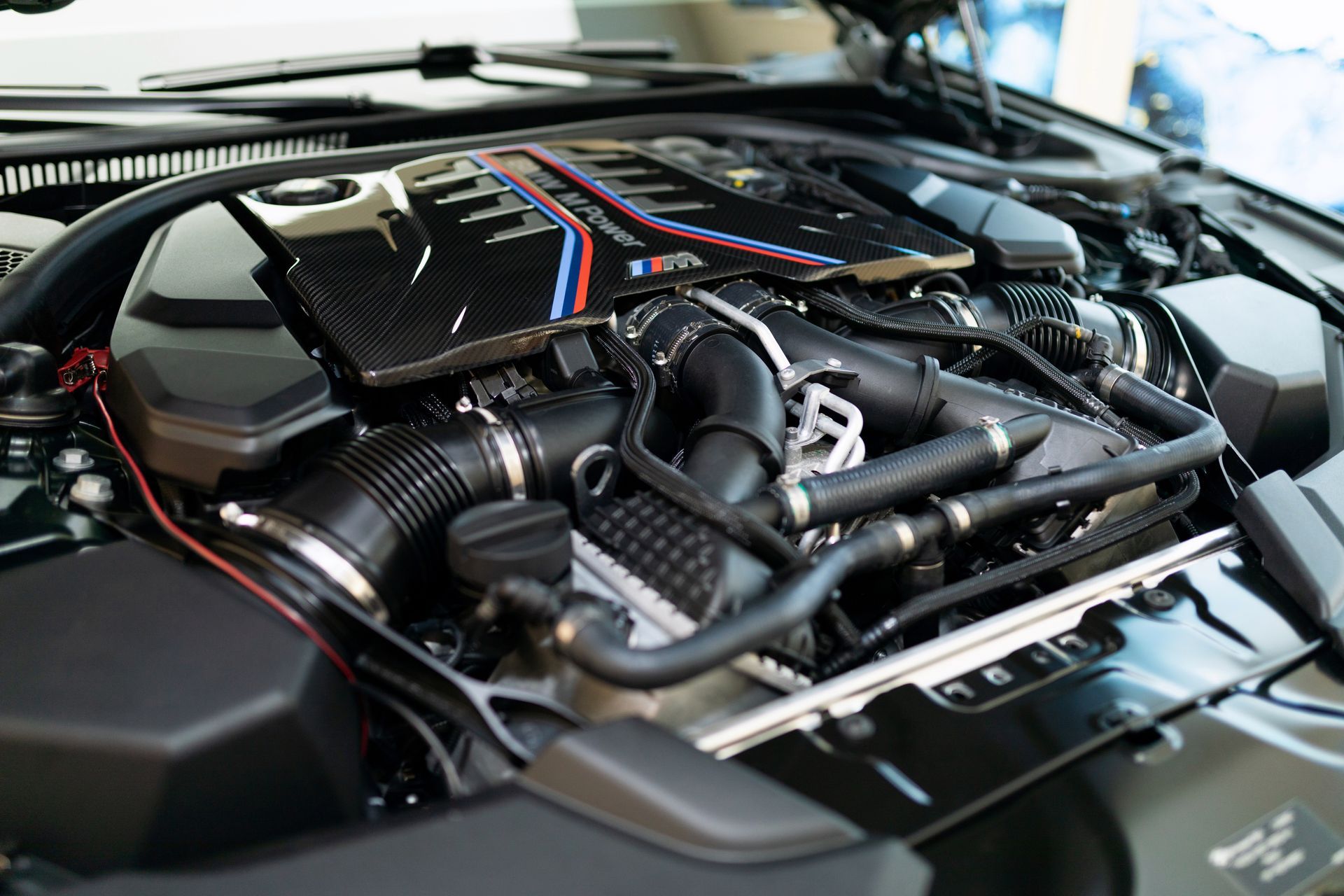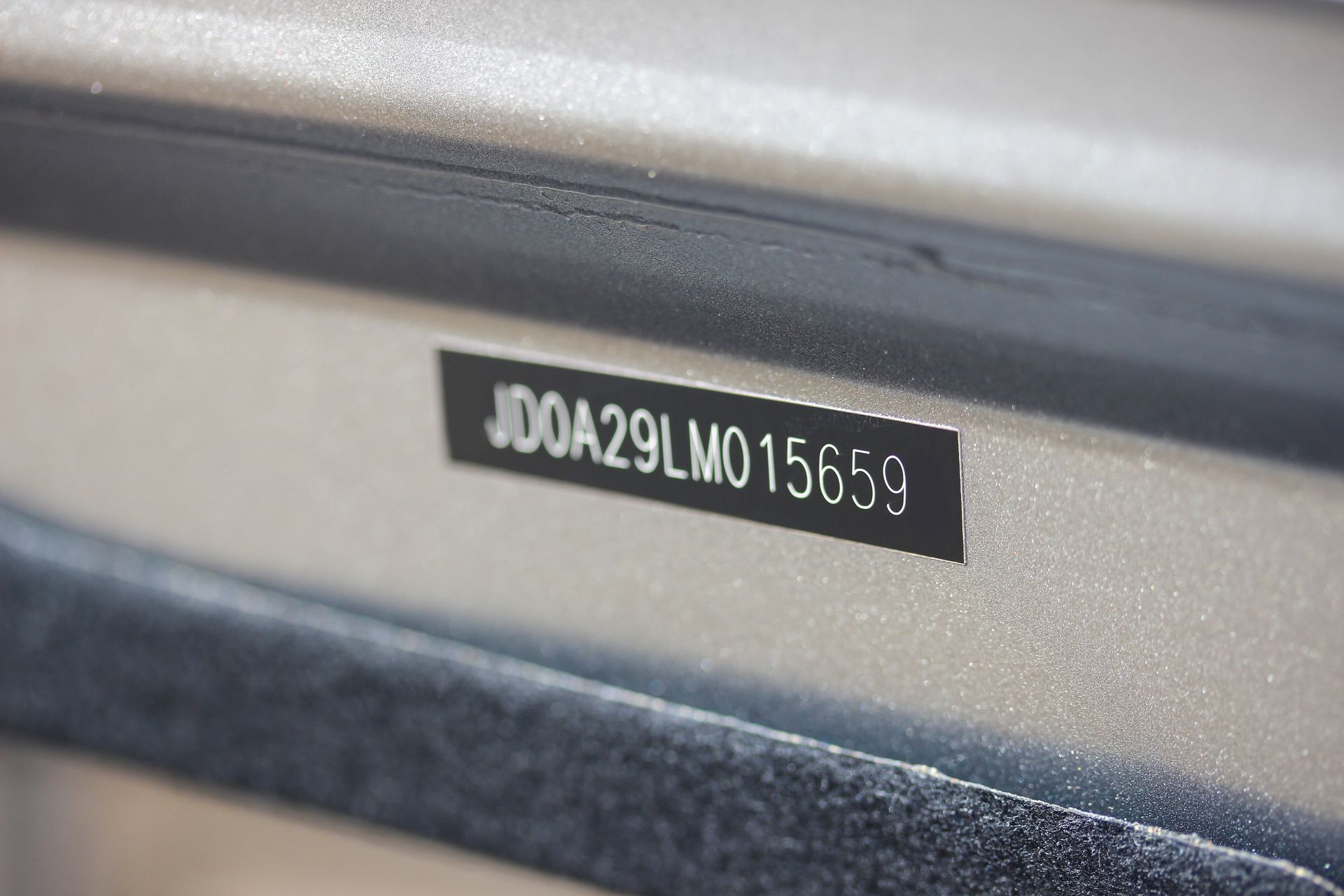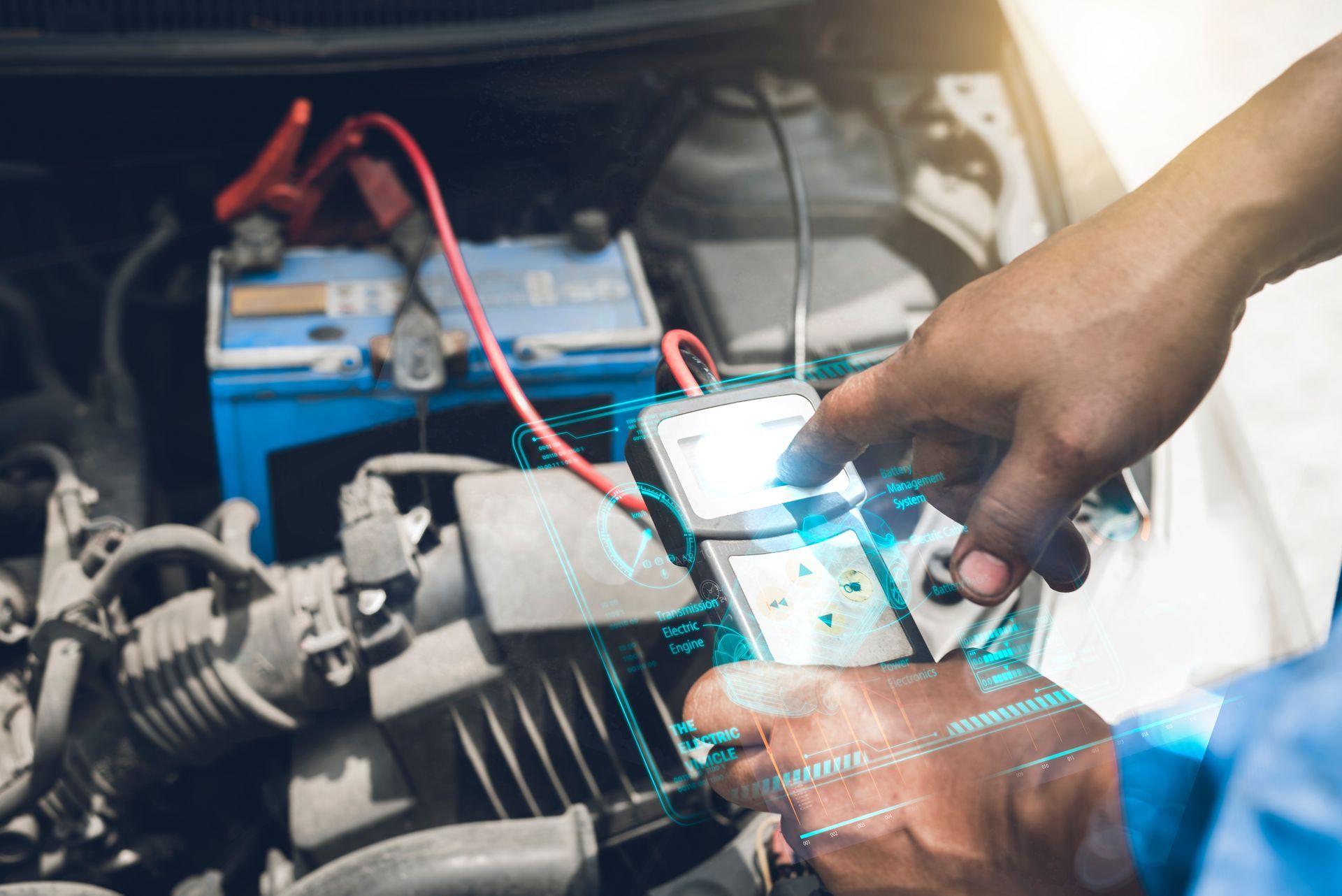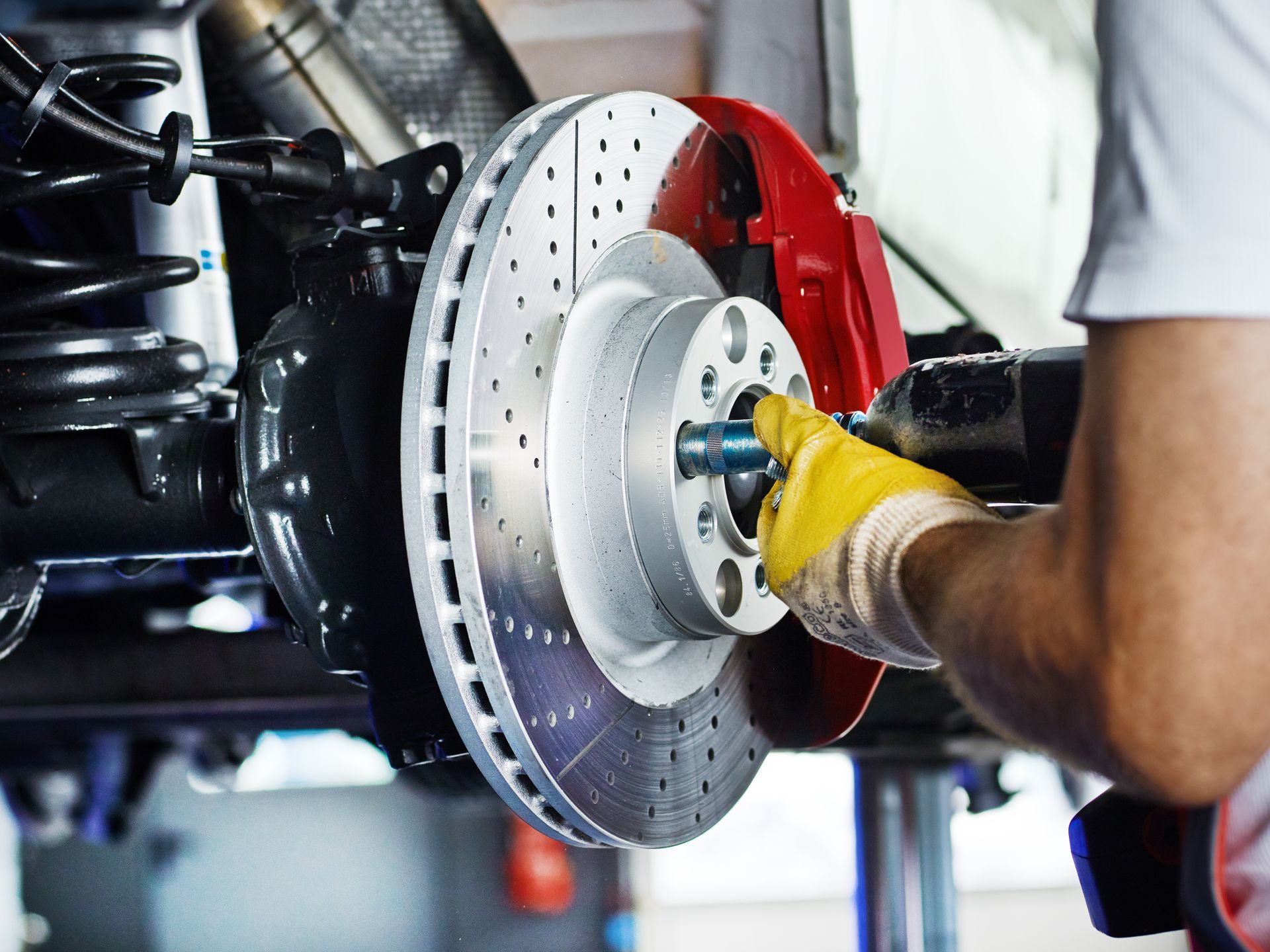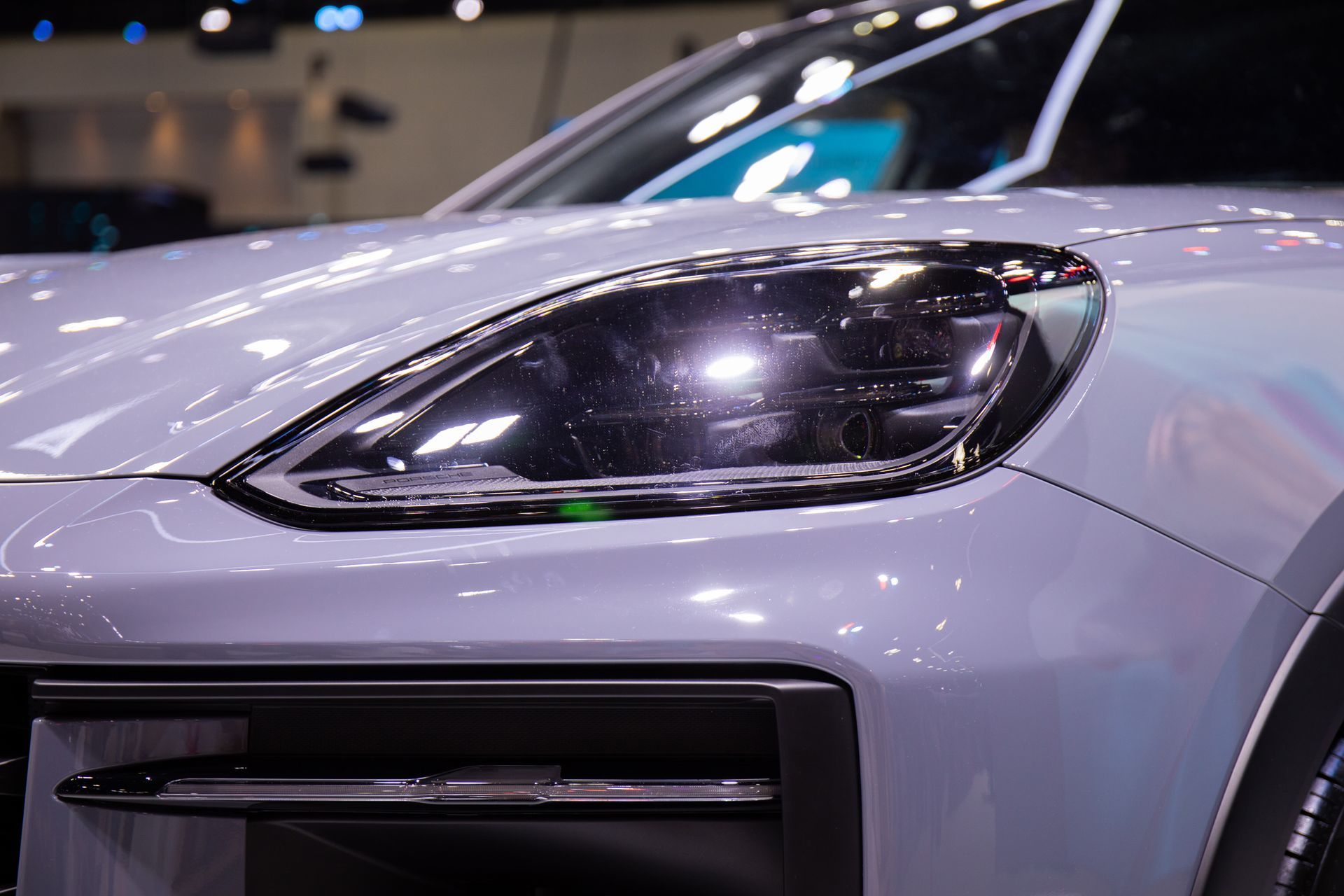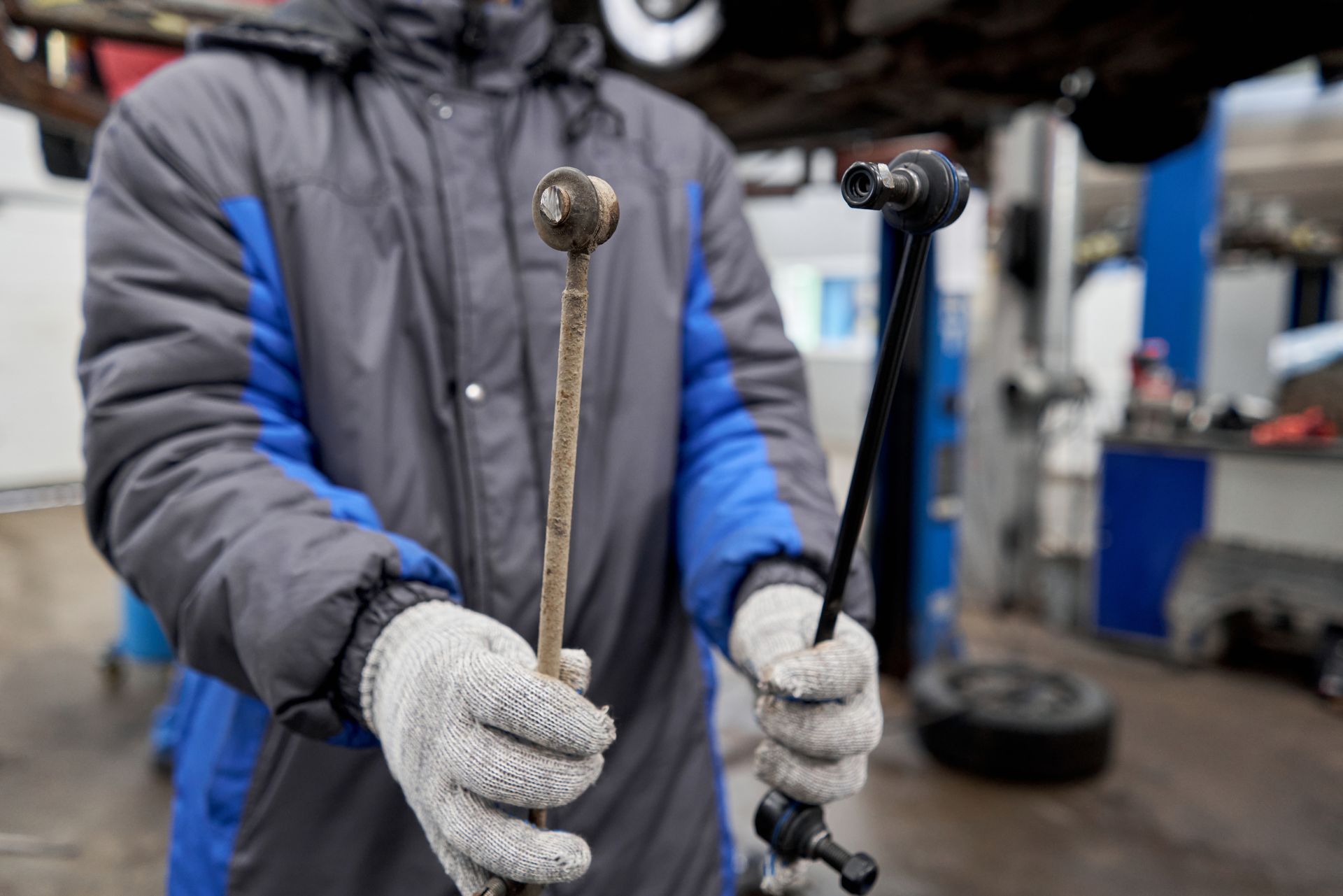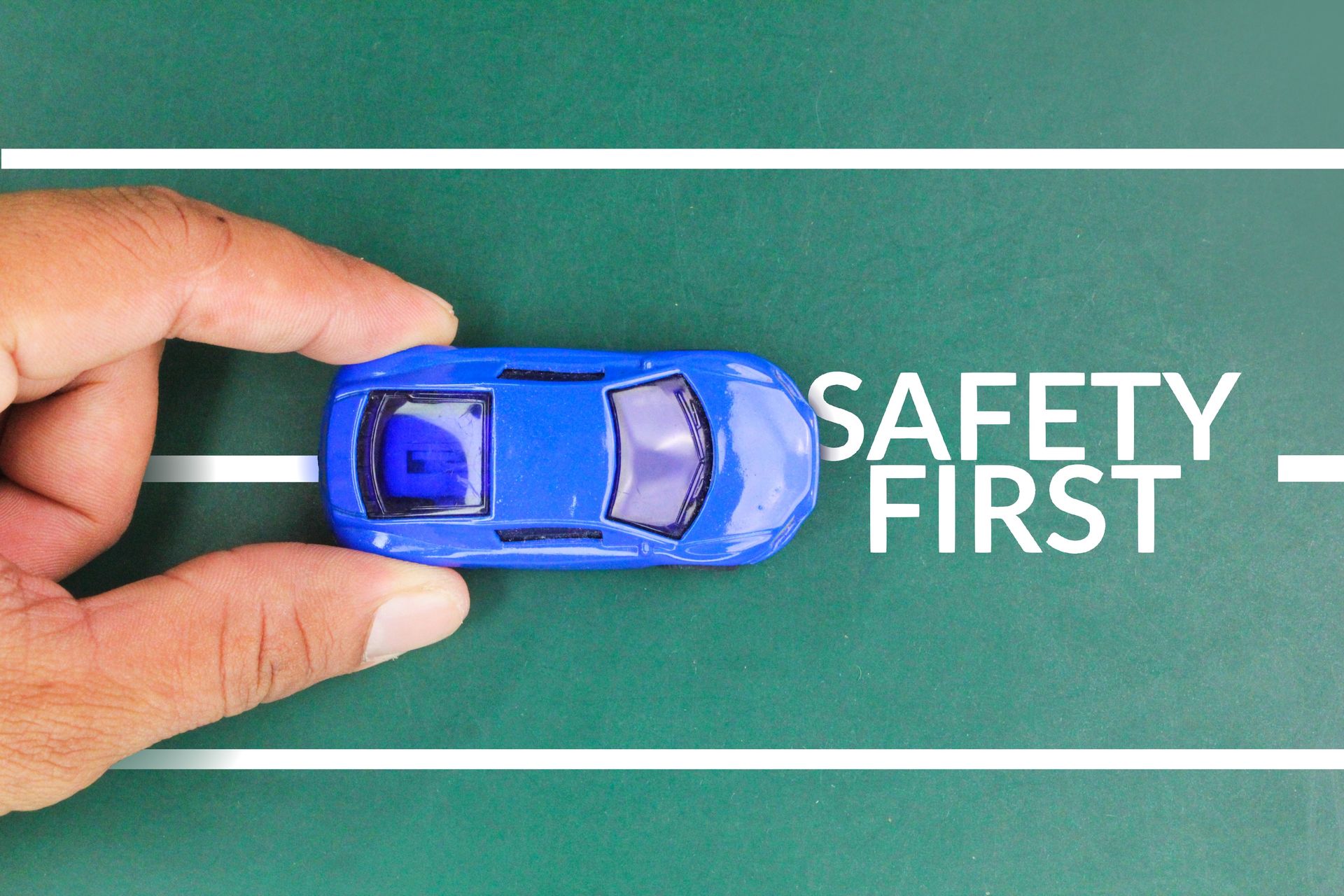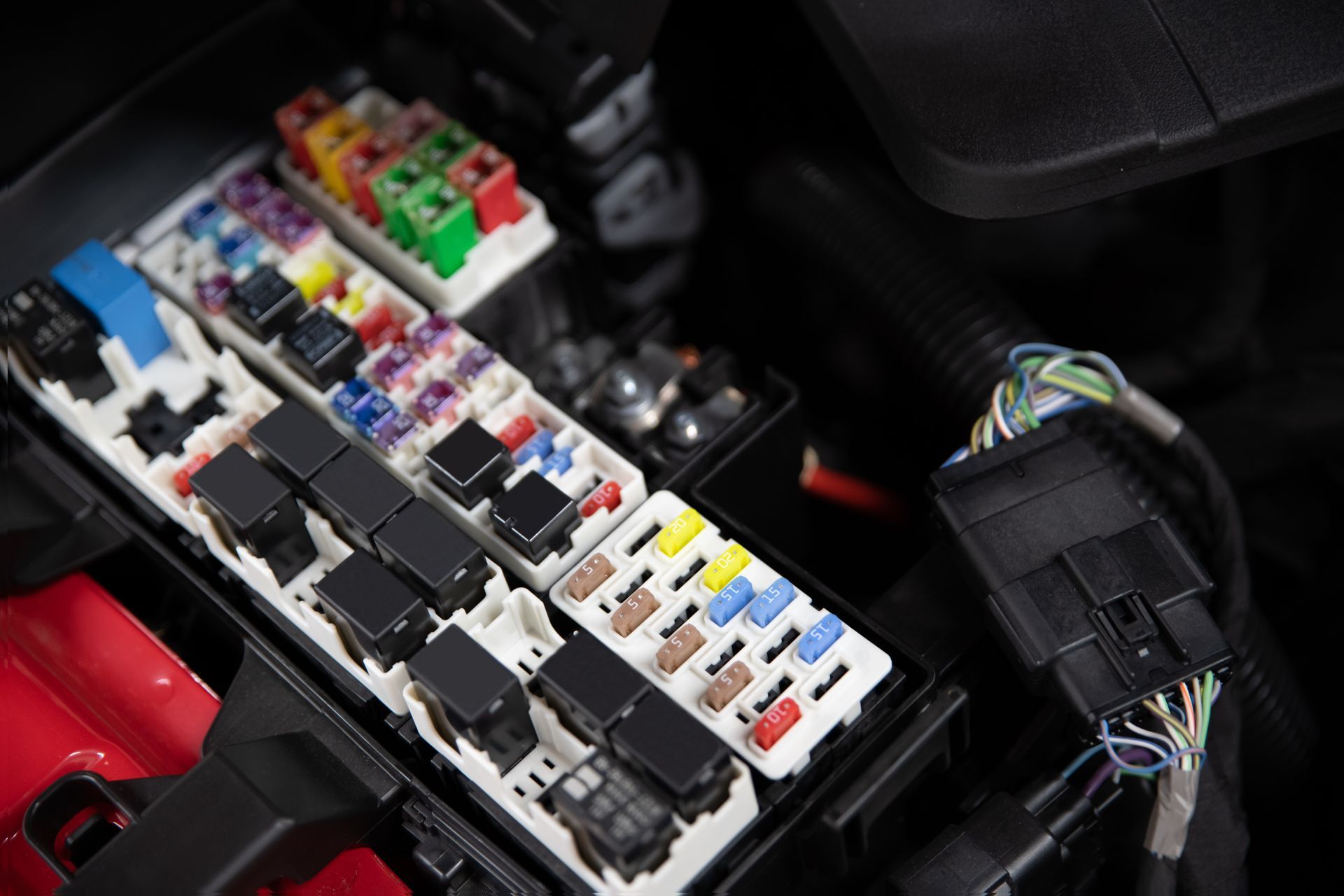Driving has come a long way from the days of manual steering and simple drum brakes. Today’s vehicles are equipped with highly sophisticated technology designed not just to make driving easier but to make it safer as well. Advanced Driver Assistance Systems (ADAS) are now becoming standard in many vehicles, offering features that help reduce accidents, assist the driver in decision-making, and even take corrective action in emergencies.
These systems are quietly working in the background of your daily commute, and understanding how they work can help you become a more confident, informed driver.
What Are ADAS Features and How Do They Work
ADAS refers to a suite of electronic systems that assist the driver in specific driving tasks. Using a combination of cameras, radar sensors, ultrasonic sensors, and computers, these systems continuously monitor your surroundings and react when needed to prevent or mitigate collisions.
Some of the most common ADAS features include:
- Lane Keeping Assist (LKA): Warns or nudges the vehicle back into its lane if it detects unintentional drifting.
- Adaptive Cruise Control (ACC): Maintains a set speed and distance from the vehicle ahead, adjusting speed as needed.
- Automatic Emergency Braking (AEB): Detects a potential frontal collision and applies the brakes if the driver doesn’t react in time.
- Blind Spot Monitoring (BSM): Alerts you if a vehicle is in your blind spot during lane changes.
- Rear Cross Traffic Alert (RCTA): Warns of approaching vehicles when backing out of a driveway or parking spot.
These tools are especially useful in reducing human error, which is the leading cause of traffic accidents.
Preventing Collisions Before They Happen
The primary goal of ADAS is to act as a second set of eyes, especially in situations where the driver may be distracted, or visibility is limited. Features like Forward Collision Warning (FCW) and Pedestrian Detection can identify hazards in real-time and alert the driver or apply brakes when necessary.
According to safety studies, vehicles equipped with AEB and other proactive systems are significantly less likely to be involved in rear-end collisions. Lane departure warnings and assistance have also been shown to reduce sideswipe and single-vehicle crashes.
Enhancing Driver Awareness and Comfort
ADAS reacts to emergencies, helping to reduce driver fatigue and enhance awareness. For instance, Adaptive Cruise Control is a game-changer on long highway trips. Instead of constantly adjusting your speed to match traffic flow, the system does it for you, keeping a safe distance without constant pedal input.
Lane Keeping Assist helps prevent drifting due to drowsiness or momentary inattention, while Driver Attention Monitoring can even alert you when it senses you're losing focus or becoming fatigued.
These features don't replace the driver, but they do add an important safety net.
The Importance of Proper Calibration
ADAS relies heavily on sensors and cameras that must be precisely calibrated. After a windshield replacement, suspension work, or even a minor fender bender, the alignment of these systems can be thrown off. If not recalibrated, your car may issue false warnings or fail to respond properly when it matters most.
This is why it’s important to have ADAS-equipped vehicles serviced by technicians trained in calibration and diagnostics. Specialized equipment is required to ensure your safety systems are functioning accurately and reliably.
Can ADAS Be Disabled or Turned Off
Most systems allow the driver to adjust sensitivity settings or temporarily disable specific features through the vehicle’s onboard menu. Some drivers prefer to turn off certain functions, such as Lane Keep Assist, during tight city driving. However, it’s best to keep core safety features like AEB and Blind Spot Monitoring active whenever possible.
Remember, these tools are there to help, not to take control. If a particular feature is consistently annoying or giving false alerts, it may be a sign that calibration is needed rather than a reason to shut it off permanently.
Stay Safe With the Right Maintenance and Service
Just like any part of your car, ADAS components need proper care to stay effective. Keep your windshield clean, avoid blocking sensors with stickers or dirt, and have the system checked after any accident or repair that could affect alignment.
Regular diagnostics and software updates can also improve the function of ADAS over time as manufacturers release improvements or bug fixes.
Trust Eurozone Motors in Burbank, CA, for ADAS Service and Calibration
Whether you're driving a newer vehicle loaded with the latest safety features or you’ve recently added ADAS to your car, professional service is key to keeping those systems functioning properly. From sensor alignment to diagnostic scans, we help ensure your vehicle’s safety tech delivers the protection it was designed to offer.
Call
Eurozone Motors in Burbank, CA, today to schedule an ADAS inspection or recalibration and make the most of your vehicle’s advanced safety features.

